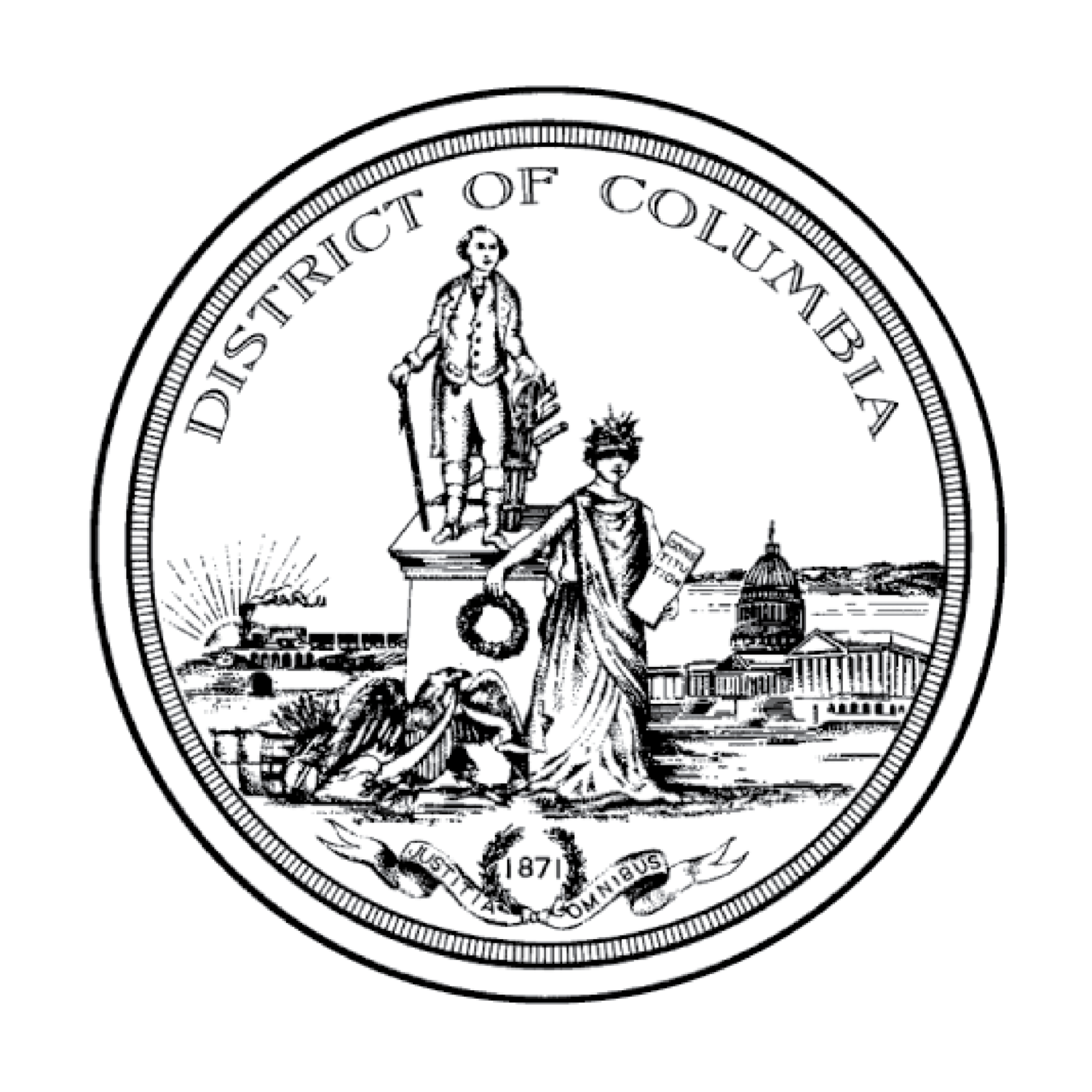Keeping the Clean Rivers Impervious Area Charge (CRIAC) Affordable and Equitable
Nine Strategies for Managing the CRIAC’s Cost Burden While Ensuring the Clean Rivers Project’s Financial Viability
Combined Sewer System (CSS) and the Clean Rivers Project’s Tunnel System
The Office of the Budget Director prepared a policy brief on nine strategies that the Council might pursue to keep the Clean Rivers Impervious Area Charge (CRIAC) affordable and equitable while ensuring that the Clean Rivers Project remains financially viable. This analysis was released in March 2019 and prepared at the request of Ward 3 Councilmember Mary Cheh and Chairman Phil Mendelson.
The District of Columbia, like many municipalities in the Northeast and Midwest, is partially served by a combined sewer system (CSS) that conveys wastewater and stormwater through the same tunnel. D.C.’s 80-mile,150-year-old CSS covers one-third (12,478 acres) of its land area and serves some of its oldest neighborhoods. The federal government designed D.C.’s sewer system and managed it through 1973. In dry weather, wastewater that enters the CSS flows to the Blue Plains Advanced Wastewater Treatment Plant for purification before being discharged into the Potomac River. However, rainstorms can overwhelm the CSS’s capacity and cause combined sewer overflows (CSOs). When this happens, some of the waste and stormwater flows to Blue Plains, but the rest spills untreated into the Anacostia and Potomac Rivers, Rock Creek, and Piney Branch Stream. CSO introduces sewage and other hazardous materials into the District’s waterways and poses serious risks to human health.
D.C. Water’s Clean Rivers Project is an infrastructure initiative aimed at reducing 96 percent of the District of Columbia’s CSO by 2030. The project is federally mandated, but the costs have largely fallen on District utility customers through a fee called the CRIAC.
This policy brief examines nine strategies that the D.C. Council could take to reduce the financial strain that the CRIAC has placed on ratepayers while ensuring that the infrastructure project is adequately funded.
Protect financially vulnerable utility customers by extending the CRIAC Residential & Nonprofit Relief Programs
Alter the CRIAC rate structure to include a water and sewer volumetric component
Increase progressivity by subjecting public rights-of-way to the CRIAC
Promote green solutions by raising the value of CRIAC Incentive Program
Lower customers’ costs by reducing or eliminating D.C. government’s pass-through fees from D.C. Water’s monthly bills
Ensure that the Blue Plains Intermunicipal Agreement requires all jurisdictions pay their fair share
Lobby Congress for regular and significant support from the federal government to solve a problem that it helped create
Improve accountability by re-examining D.C. Water’s governance structure
Reduce ratepayer costs by re-negotiating the Consent Decree
D.C. Water’s Actual and Projected CRIAC Rate (Monthly Fee per ERU), FY 2009-2028
Some of the choices would provide immediate relief, while others have the potential to address the underlying challenge of providing clean and affordable water and sewer services but would take many years to implement. Several of them are entirely within the control of the District government; others require participation from regional partners or the federal government. Each of these proposals offers benefits and tradeoffs.


